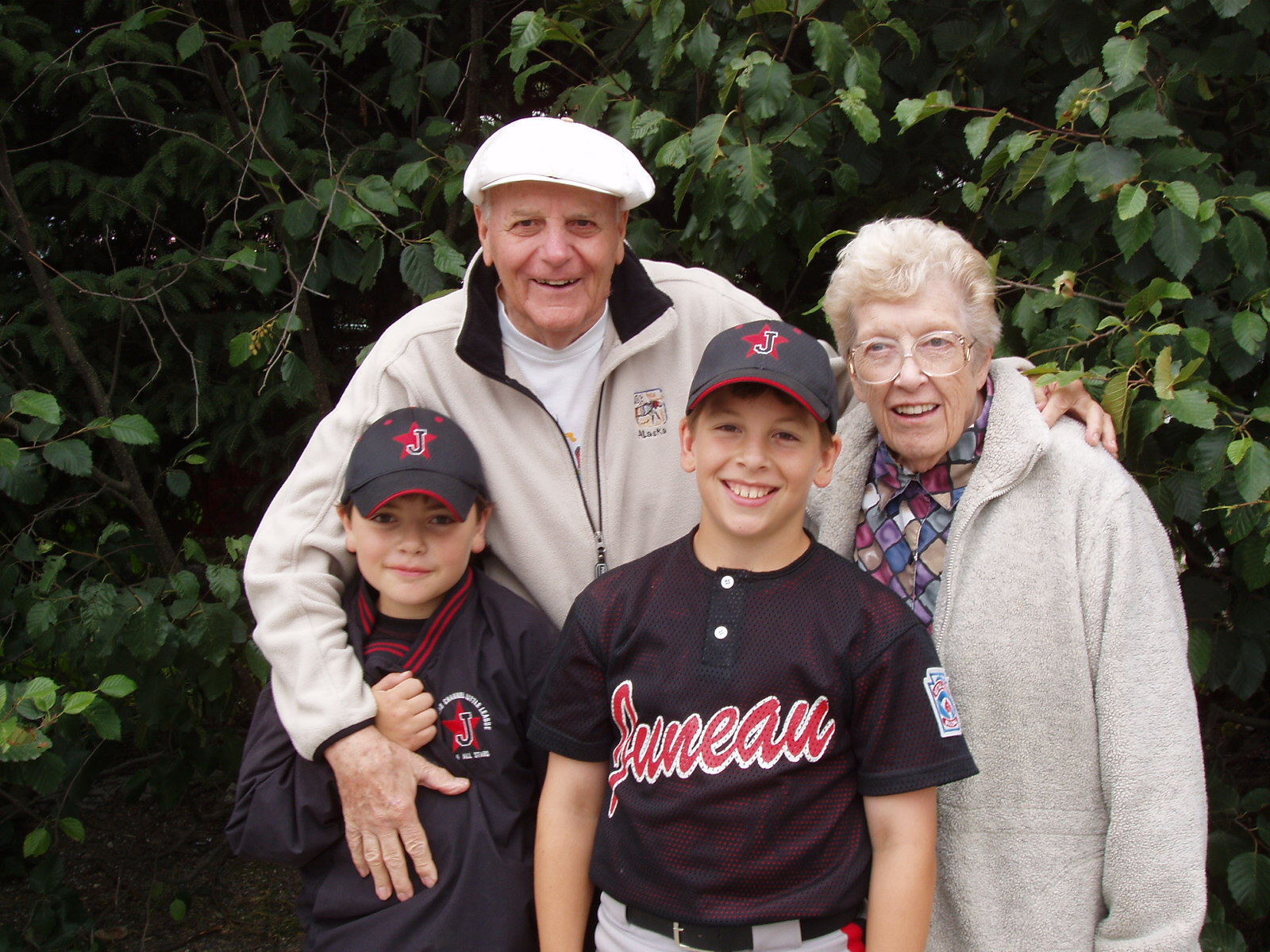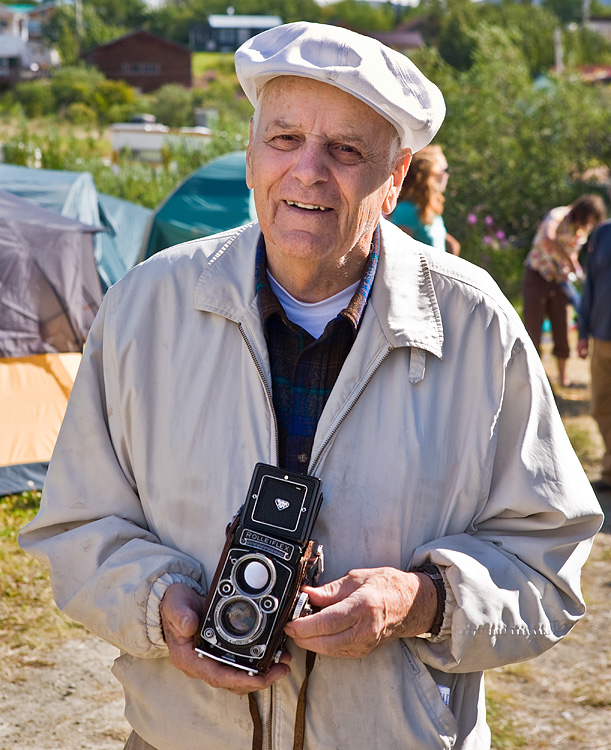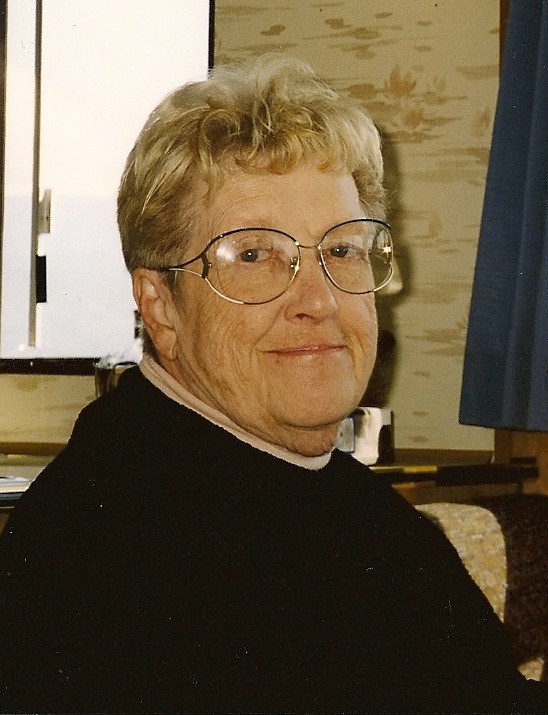By Annie Cantrell
When I headed to Juneau I did not know where I would be living. I assumed it would not be in tents for most of the time. I had everything on the packing list and I knew I was physically and emotionally capable. All that had propelled me into JIRP was curiosity. I was curious about myself and who I would be when surrounded by white. Another thing I did not know, was how many years of great people before me have been curious about themselves in the same way. The legacy of JIRP was completely unknown to me.
Back in January my dad told me about how a close family friend of ours had done this thing on the Juneau Icefield where he stayed on the ice for two months and helped students with research. I decided I wanted to go almost immediately after our phone conversation. I was accepted, but our friend died a bit after, so I hardly heard about it from him.
Upon entering the world of JIRP on the van from the airport I got my first glimpse into the legacy when I was told that the founder and long-term director of JIRP lives in my hometown (Moscow, Idaho). I knew nothing about Maynard M. Miller at the time, just as I knew nothing about the spirit of what I was getting myself into. A couple of days later, while we were in lecture in Juneau, Dr. Alf Pinchak comes in looking like someone out of another era, and he listened to the lecture with us. Simply seeing him filled me with this strange sense of awe. I was thrilled to learn that he would be coming with us to the Icefield.
I started to get little hints of what I was a part of. These camps we were living in were built in the 40’s, largely through military funding and have been in use since then. The first part I saw of Camp 17 were stone structures that had been built for a temporary shelter while these men built the formal camp. In the C17 cook shack, the first JIRP building I entered, the walls were covered in Sharpie writing going back to the 70’s.
I did not quite know how to take it all in. Every building is covered in writing. Some of it is really funny. Reading the walls is a common past time. Sometimes I search for names I recognize. To know you are staying in a place where past JIRPers have also been tired, had cabin fever, waited anxiously for mail, and made games out of nothing, brings that place to life.
Right before I left Camp 17, I signed by my bed, 15 years before someone from the town where I go to school also slept. I commented enthusiastically in Sharpie on the coincidence and dated it. There was also writing above the staircase where I slept, to be careful not to slip as the author had done (and I almost did many times during my stay).
At Camp 10, signatures in the girl’s cabin ranged all the way back to the 60’s. These past inhabitants wrote some funny stuff. They also wrote some dumb stuff. We wrote some responses to these things. There was writing about being tired and sore after the very same traverse we had just completed. The very same older man I talked about seeing in Juneau at the lecture signed my bed in 1963. As did one of this year's safety staff members, in 2011.
All these things on top of one another slowly made me feel like maybe I was also a part of the legacy. I will not forget when I came to Camp 9, a tiny shack, where a small group of JIRPers stayed for two nights to dig Mass Balance pits, and I saw the name of the man from my hometown who told me to come here. He scrawled it inconspicuously on the ladder. I had found him. I signed beside it and felt I belonged.
Miller, who seems like a legend of a man to me, has been written about everywhere. In the cook shack the words “Miller Rocks” are scrawled messily up high on the wall. There is a tiny loft in the girls’ cabin where the words “FIRE ESCAPE/M3 (meaning Maynard M. Miller) AVOIDANCE DEVICE” are written. Apparently he did not like going in there since he would hit his head on the ceiling. I hear he would often say “Mighty fine, Mighty fine.” These words are written all over the buildings.
I stayed at Camp 18, the favorite camp of my family's friend. With the Gilkey Trench below and
the sound of chunks breaking off the icefall, the Icefield really feels
alive. I feel so close to the past when I read and connect to the
wonderful and ridiculous things written. I was feeling bittersweet, with
the beauty of this camp and the ending of JIRP, when I saw this quote written on the wall of the Camp 18 cookshack:
“Such
a long long time to be gone, and a short time to be there.”



















